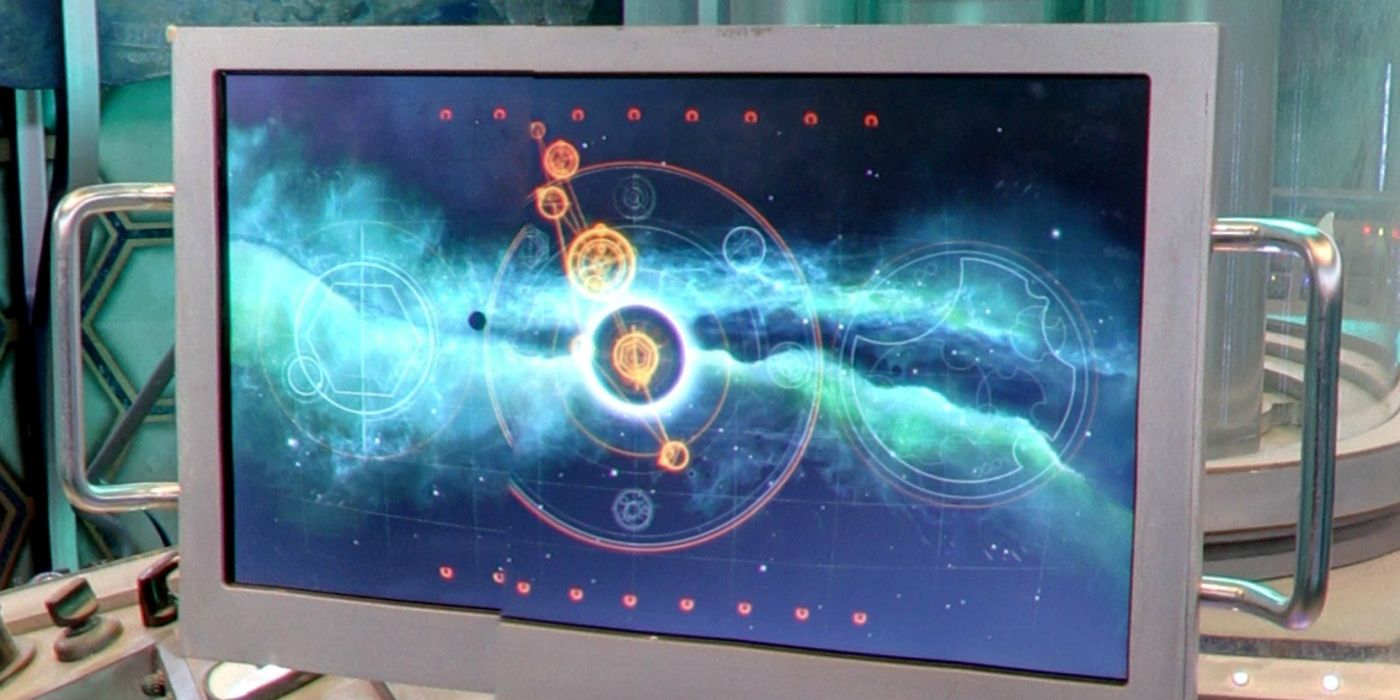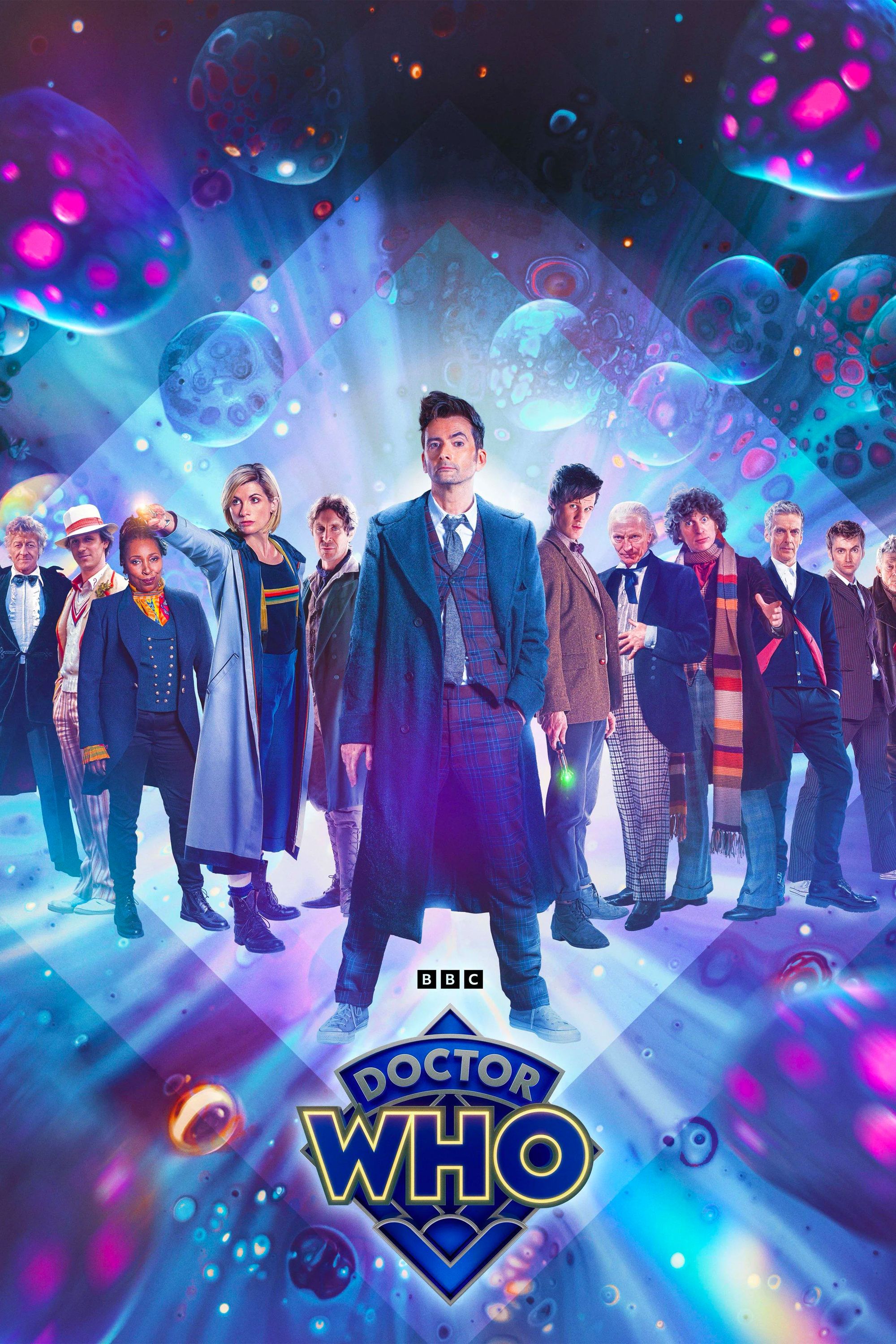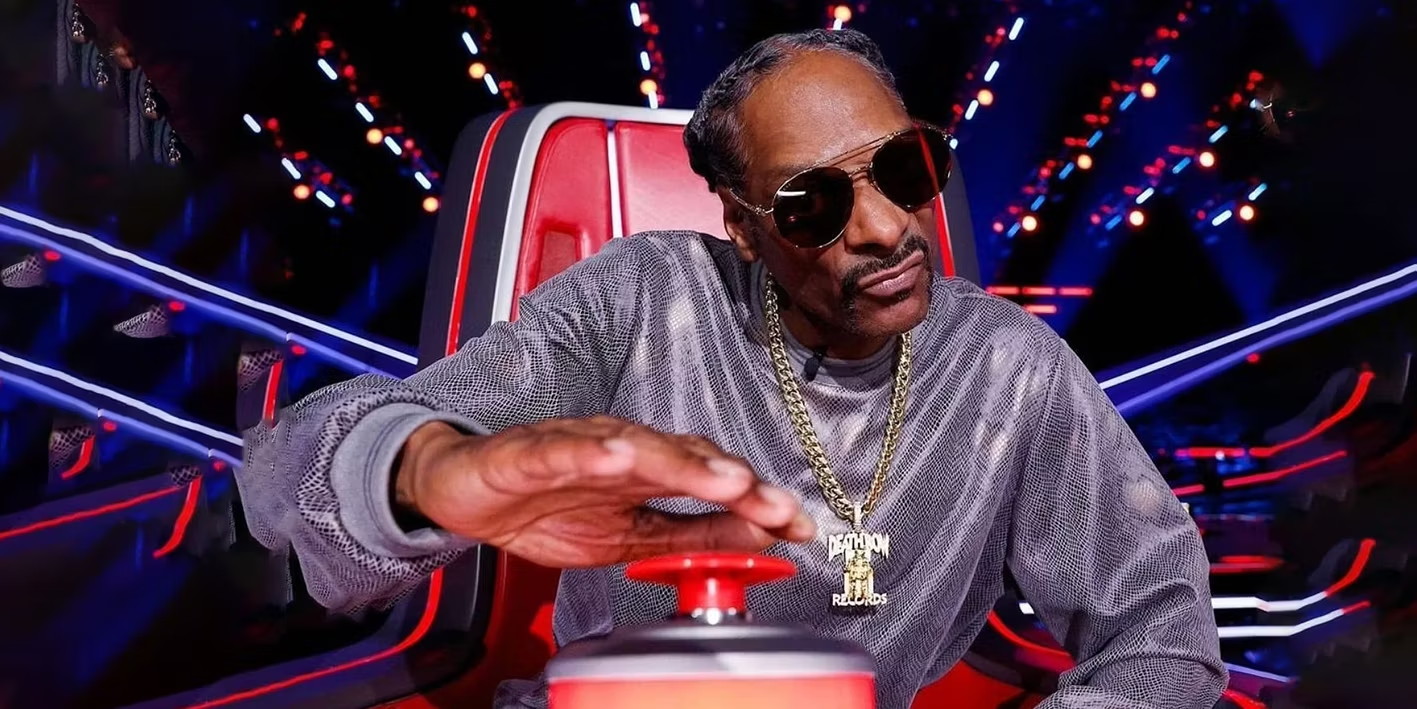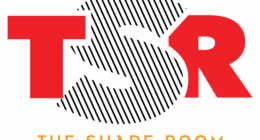This article contains spoilers for Doctor Who: Wild Blue Yonder.
Summary
- Doctor Who production designer Phil Sims developed a new alien alphabet for the unknown species that piloted the ghost ship in “Wild Blue Yonder.”
- Sims took inspiration from the design of the deceased horse-like pilot to create the alien language, envisioning how the species would communicate with their hooves.
- Doctor Who‘s attention to detail in designing alien languages and alphabets adds depth to its fictional worlds, making them feel lived-in and unique.
Doctor Who production designer Phil Sims reveals that an all-new alien alphabet was developed for the unknown species who originally piloted the “Wild Blue Yonder” ghost ship at the edge of the universe. The second 60th-anniversary special saw David Tennant and Catherine Tate’s Fourteenth Doctor and Donna Noble become stranded on a ship far outside known space where they’re stalked by a terrifying pair of beings. In “Wild Blue Yonder,” the mysterious ship left abandoned for three years after falling through a wormhole is occupied by a slow-moving robot and a terrifying shapeshifting entity with bloodlust.
With “Wild Blue Yonder” primarily being set within the mysterious spacecraft, production designer Phil Sims reveals how they approached designing the setting of Doctor Who‘s second 60th-anniversary adventure during the latest episode of Doctor Who: Unleashed. When it came to various displays and notices seen throughout the ship, Sims took inspiration from the design of the vessel’s deceased horse-like pilot to craft an alien language, envisioning how the alphabet was created by the shapes the species could potentially create with their hooves. Check out Sims’ full explanation below:
Our graphic designer Stephen comes up with all sorts of different languages and hieroglyphs. Together, we try to fathom out what the alien language might be. So in this case, our pilot is sort of equine, horse-like. And we thought, what it would be like – if they had hooves, how would they have communicated, and their language might have developed? So maybe they scratched with their hoof, maybe they clopped with their hoof. So these shapes are derived from scrapes and kind of maybe, once upon a time, in the equivalent of Sanskrit for the horse aliens. That’s where it came from.
Doctor Who’s Alien Languages & Alphabets Help Build A Lived-In Universe
While the TARDIS may automatically translate all languages and texts into English when it arrives at a location, there is still an incredible amount of detail placed into designing the worlds that any Doctor and companion may find themselves in. Before the equine-inspired alphabet and untranslated countdown in “Wild Blue Yonder,” the Time Lords of Gallifrey had an alphabet composed of circular writings. The Daleks’ writing can be seen on the designs of various Time War-era Daleks through the identification plates located on the dome just below their eyestalks. While not as thoroughly fleshed out as languages and alphabets from other sci-fi franchises like Star Trek‘s Klingon or Star Wars‘ Aurebresh alphabet, Doctor Who‘s use of language still succeeds in adding detail that makes its worlds feel lived in.
Furthermore, another way in which Doctor Who has fleshed out its fictional settings is fittingly through canonical alien measurements of time. Tracing back to expanded media and the non-canon Daleks’ Invasion of Earth: 2150 AD movie, a “rel” is a measurement of time originating from the Dalek’s homeworld of Skaro. Viewers estimated rels to be equal to roughly 1.2 seconds on Earth and have been referred to multiple times on screen.
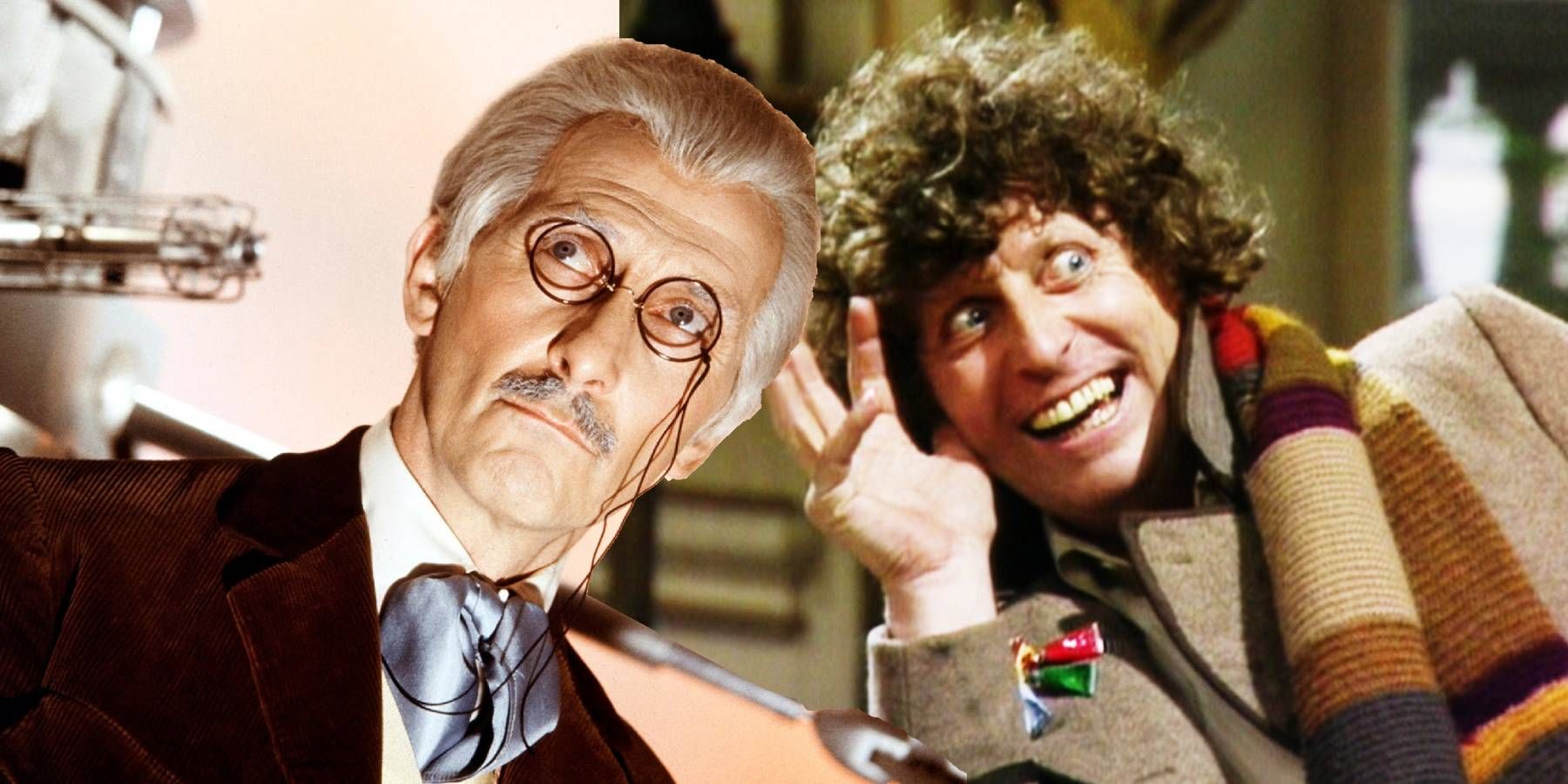
How The Unmade Third Doctor Who Movie Would Have Changed Canon
Doctor Who’s Greatest Adventure was written in the ’80s and would’ve featured an old and young Doctor teaming up together against giant crabs.
While the terrifying tale in “Wild Blue Yonder” was primarily set in the uncannily pristine cruiser whose central corridor had been created through primarily digital effects, several modules on board consisted of practical sets. As such, the dedicated work of Sims and the production team helped lend a unique aesthetic and character to a setting that could feel similar to previous settings. It is unclear whether Doctor Who will revisit the horse-like species of the captain in the future, but there is an appreciation for the work placed into crafting wider lore around the episode’s ominous ghost ship.
Doctor Who: Wild Blue Yonder is currently available on Disney+ for international audiences and BBC iPlayer for UK viewers.
Source: Doctor Who: Unleashed/BBC iPlayer


